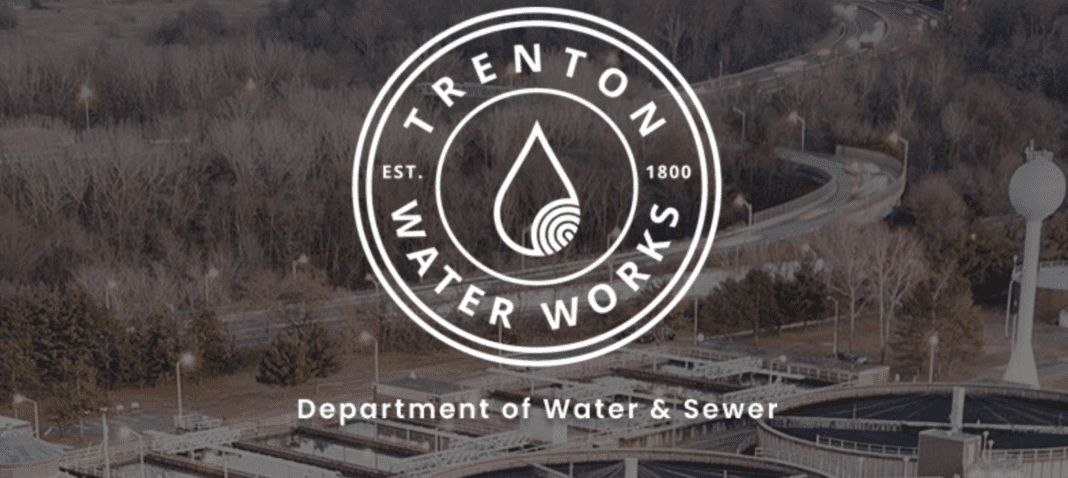The New Jersey Department of Environmental Protection (NJDEP) is prompting building owners and businesses to take appropriate steps to prevent drinking water quality problems prior to re-entry into buildings after an emergency or other unforeseen challenge that resulted in low or no use.
According to TWW, the internal plumbing system within individual buildings that serve drinking water to the public need to be restarted properly before consumption. Stagnant water can enable bacterial and/or pathogen growth and can cause unwanted contaminants (e.g., lead) to leach from pipe materials, all having the potential to cause significant health impacts. NJDEP recommends “flushing” premise plumbing by opening taps or faucets and systematically letting the water run to remove water that has been standing in the interior pipes and/or outlets.
In the informational sheet released titled ‘Drinking Water Flushing Guidance for Restoring Water Quality in Buildings With Low or No Use,’ TWW details guidelines for specific types of buildings with certain populations. In addition, the information details how to properly clear out building pipelines using the common access points such as sinks, dishwashers, ice machines and humidifiers.
TWW states that following an extended period of minimal to no use, buildings should flush both hot and cold water through all points of use. This includes all sinks, showers and kitchen lines. To assure enough water is run through, TWW states “existing protocols range from 10 to more than 30 minutes for each outlet (duration varies on outlet velocity and building size).
To assure maximum flow of the system’s water, TWW advises opening all outlets simultaneously when flushing the service line and the proceeding with flushing each individual outlet starting at the entry point (where the water initially enters the building).
In addition to the flushing and system draining, TWW advises the city to dispose of any water gathered before the prior shut down. This includes food or baby formula made with the water and emptying out humidifiers, medical health devises such as a continuous positive airway pressure (CPAP) machines and oral devices.
Buildings that have their own water supply and/or treat their supply are regulated under the Safe Drinking Water Act (SDWA) as public water systems. These buildings may include schools, restaurants, gas stations, churches, recreational facilities, among others, that have their own well(s) or water supply system. For more on the definition of a public water system see: https://www.epa.gov/dwreginfo/information-about-public-water-systems.
For these public water systems, TWW still instructs owners of these buildings to inspect each well and fix all damages or cracks, perform disinfectant treatments, change filters according to manufactures specification and evaluate and maintain their systems.
Before taking these steps, the NJDEP recommends consulting with your building’s public water supplier prior to flushing.
To view the full information packet released by TWW, click HERE.
For any Questions relating to TWW’s ‘Drinking Water Flushing Guidance for Restoring Water Quality in Buildings With Low or No Use,” Call TWW’s Engineering Department at (609) 989-3822.





